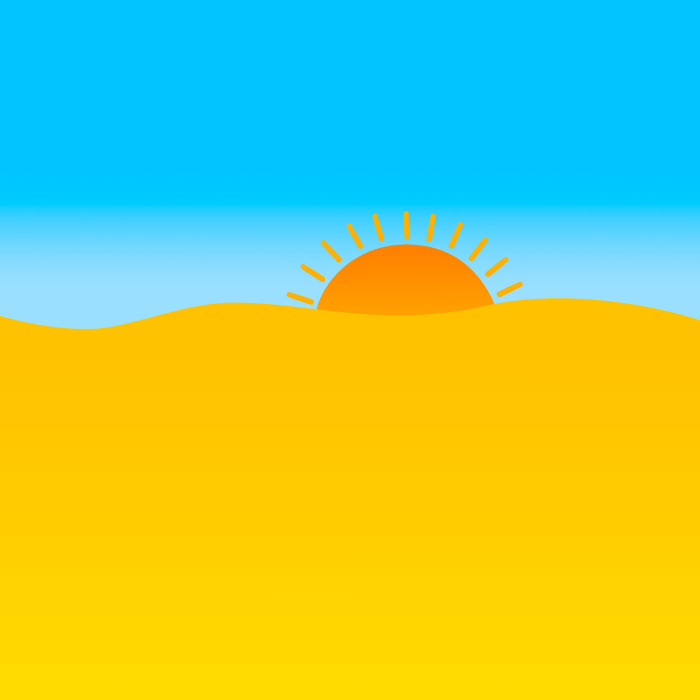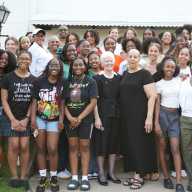Dear Dr. Eva,
Every year, I seem to get depressed and have a big drop in energy as the days get shorter. It gets harder to get out of bed and much harder to deal with people. I cry way more easily than normal. Other than move to the Southern hemisphere for the winter, what can I do to keep my mood from falling come Fall and Winter? – Hibernating
Dear Bear,
You have Seasonal Affective Disorder (SAD), a form of depression that is triggered by decreasing sunlight. One in every five persons has SAD. It is more common in women than in men.
Each person who suffers from SAD has a personal pattern of symptoms and individual timing of when the problem starts and ends, but each person’s pattern repeats in pretty much the same way every year. Most people with SAD begin feeling depressed and tired starting in the Fall. Depending where you live, most people with SAD will start to feel better by March or April.
Many SAD symptoms are like other types of depression: low energy, decreased ability to concentrate, sad feelings, and irritability. SAD is like hibernation in some ways: just like bears preparing for a long winter sleep, people with SAD crave carbohydrates, sleep more, exercise less, and avoid others. To manage Winter depression or S.A.D, try the following:
* Light therapy: sit in front of a bright light for at least 20 continuous minutes twice daily, once between 6:00 and 8:00 a.m. and once between 6:00 and 8:00 p.m.
*Exercise is a natural antidepressant. Gentle exercise four times a week will help.
Physical warmth and comfort are important: wear soft clothes, get massages, and hug your friends often.
*Sleep: It’s helpful to get 30-60 minutes more sleep nightly than you need in summer, but sleeping more than that can worsen the problem.
*Be careful about giving in to food cravings-gaining weight may make you feel worse.
Cut yourself some slack-don’t take on extra projects now, do less where you can.
*Decrease your work week: during the shortest days, take a day of leave from work every week or two.
If SAD symptoms are still troublesome despite using these methods, consider antidepressant medication.
The most effective treatment for SAD is light therapy. This does not just mean turning on all the lights in the house, although that can help somewhat. Light therapy requires a light source producing 10,000 lumens, the equivalent of four four-foot 40-watt fluorescent bulbs (fluorescent bulbs put off far more lumens per watt than incandescent bulbs). This light source can be purchased as a light therapy box, or in the less portable, and less expensive, form of two 2-bulb shop lights. Light therapy is simple: sit facing the light about an arm’s length away, for 20 to 40 minutes, twice a day, with about 12 hours between treatments.
Light treatment gives the brain a message that the day length is over 12 hours, which counteracts SAD. It’s the intensity of light, not the spectrum, which is the key to treatment. Full-spectrum bulbs do not seem to work any better than fluorescents. – Dr. Eva
Ask Dr. Eva is distributed by Healthy Living News. Email comments and questions to dreva AT healthylivingnews.org



















